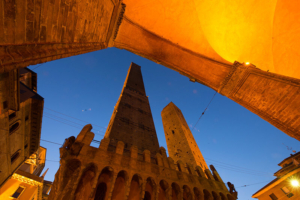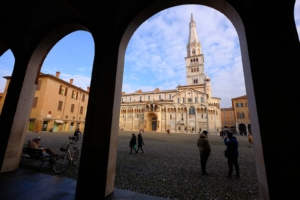Compianto by Niccolò dell’Arca in Bologna: a must-see
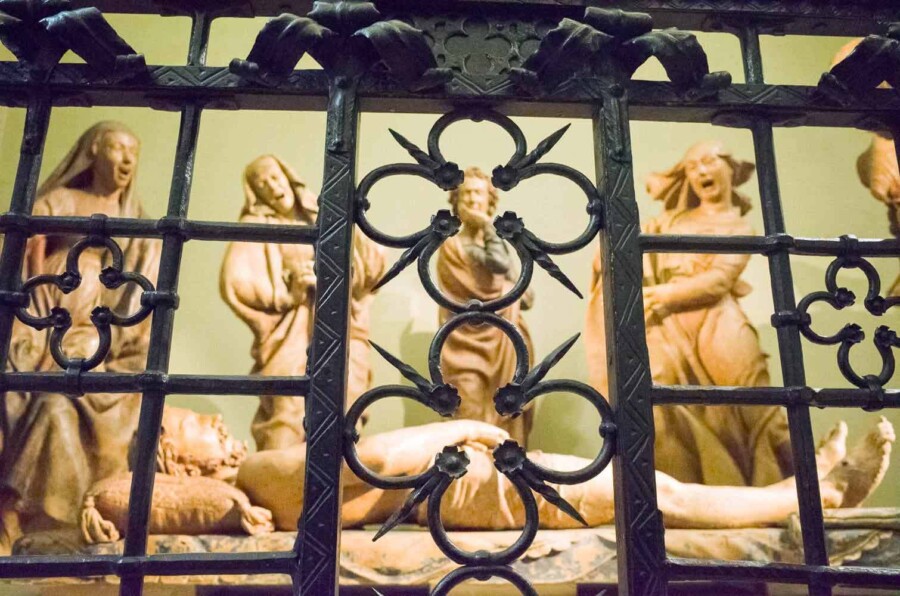
Just steps from the bustling Quadrilatero and Piazza Maggiore, inside the Sanctuary of Santa Maria della Vita, lies one of Bologna's most breathtaking and emotional works of art: The Compianto over the Dead Christ by Niccolò dell'Arca.
This terracotta sculptural group doesn’t just depict grief—it howls it. A masterpiece of the Italian Renaissance, it captures the very moment the world stopped for those who loved Christ.
What is the Compianto?
Created between 1463 and 1490, Il Compianto sul Cristo Morto consists of seven life-sized terracotta figures arranged around the lifeless body of Christ.
The sculptor, Niccolò dell’Arca, infused the work with such intensity that it remains shocking, even centuries later.
But this wasn’t always the case.
Initially, the work was controversial.
Terracotta was seen as a lesser medium compared to marble. The figures’ contorted expressions and exaggerated movements were far from the classical ideals of beauty.
So much so that, in the 1600s, the Hospital of Life (Ospedale della Vita), fearing it would scare the sick, hid it from public view.
Today, it’s recognized as one of the most emotionally raw and realistic sculptures of the Renaissance.
Who was Niccolò dell’Arca?
Born around 1435, likely in Bari (Puglia), Niccolò earned his nickname from the marble sarcophagus (arca) of Saint Dominic in Bologna’s Basilica of San Domenico, where he also contributed sculptural work alongside a young Michelangelo.
Dell’Arca worked on various commissions across Bologna, including statues for the façade of San Petronio and a Virgin Mary that still watches over Piazza Maggiore from Palazzo d'Accursio.
His legacy is honored in a plaque along Via D'Azeglio, near the Church of the Celestini where he's buried.
It reads:
He who gave life to the stones and formed living statues with the chisel, what pain! Is buried here. Now Praxiteles, Phidias, Polykleitos venerate and admire your works, Nicola.
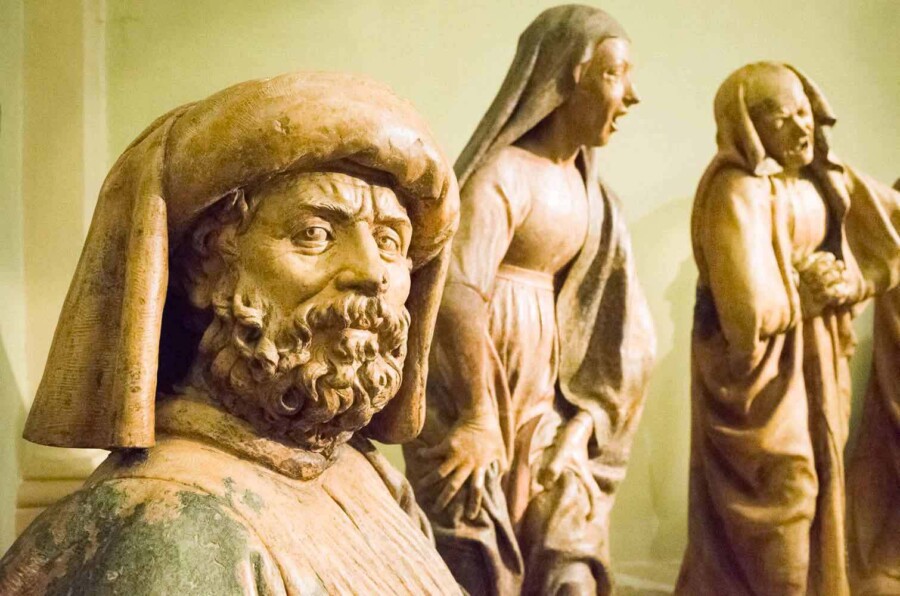
The impenetrable expression of Joseph of Arimathea
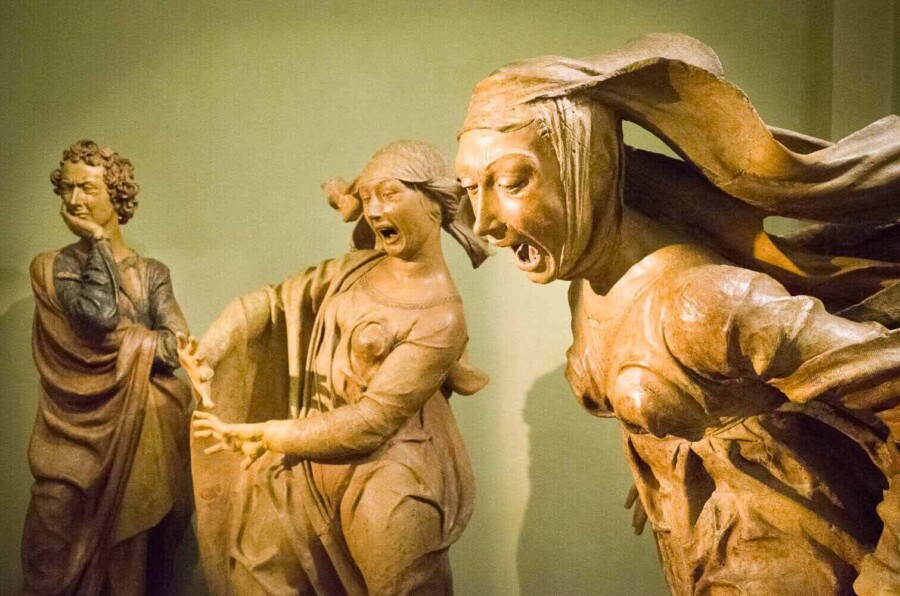
The petrified scream of Mary Magdalene
A scream of stone
Each figure in the Compianto reacts to Christ’s death in their own way:
- Joseph of Arimathea stands like stone, impenetrable.
- St. John the Apostle is paralyzed by grief.
- The Madonna collapses inward, shattered.
- Mary Salome claws her thighs in anguish.
- Mary of Cleophas lifts her hands in horror.
- Mary Magdalene is a whirlwind of emotion, her mouth agape in an eternal scream, robes twisting like flame.
These are not idealized saints; they are human beings torn apart by loss.
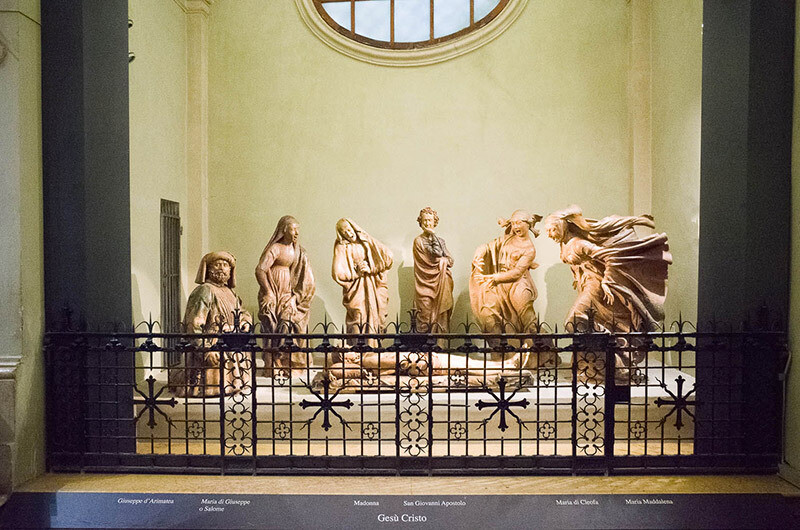
The full scene of Niccolò Dell'Arca's Compianto at Santa Maria della Vita
More upstairs: The Transit of the Virgin
Still not enough astonishment?
Go upstairs to visit the Oratory of Santa Maria della Vita which houses another amazing work: the Transit of the Virgin by Alfonso Lombardi.
15 terracotta statues arranged to depict a subject little frequented by Western art: the Apostles huddled around the coffin of the Madonna, which an unbeliever tries to overturn while being deposed by an angel.
The various figures are an anthology of emotions.
From terrified amazement to concentration, to the indignation of those who lift a book to hurl it against the profane.
Alfonso Lombardi is the author of another Compianto, kept inside San Pietro Cathedral in Via Indipendenza.
Info
Santa Maria della Vita
Via Clavature 8-10, Bologna
Open from Tuesday to Sunday 10 am - 6:30 pm
Entry ticket: 5€
Want to see more hidden art in Bologna?
If you're curious to explore more of Bologna's artistic soul, we’d be happy to arrange a private tour for you — focused on the city's most fascinating churches or the historic University of Bologna.
Led by a local expert guide, passionate about Bologna’s art, culture, and stories, our tours go beyond the surface to show you the masterpieces and legends that shaped the city.
Whether it's the dramatic terracottas of Santa Maria della Vita, the tomb of Saint Dominic, or the Anatomical Theatre where modern medicine began — we’ll craft an experience tailored to your interests.
Just drop us a line. We'd love to show you Bologna through the eyes of someone who truly knows it.
